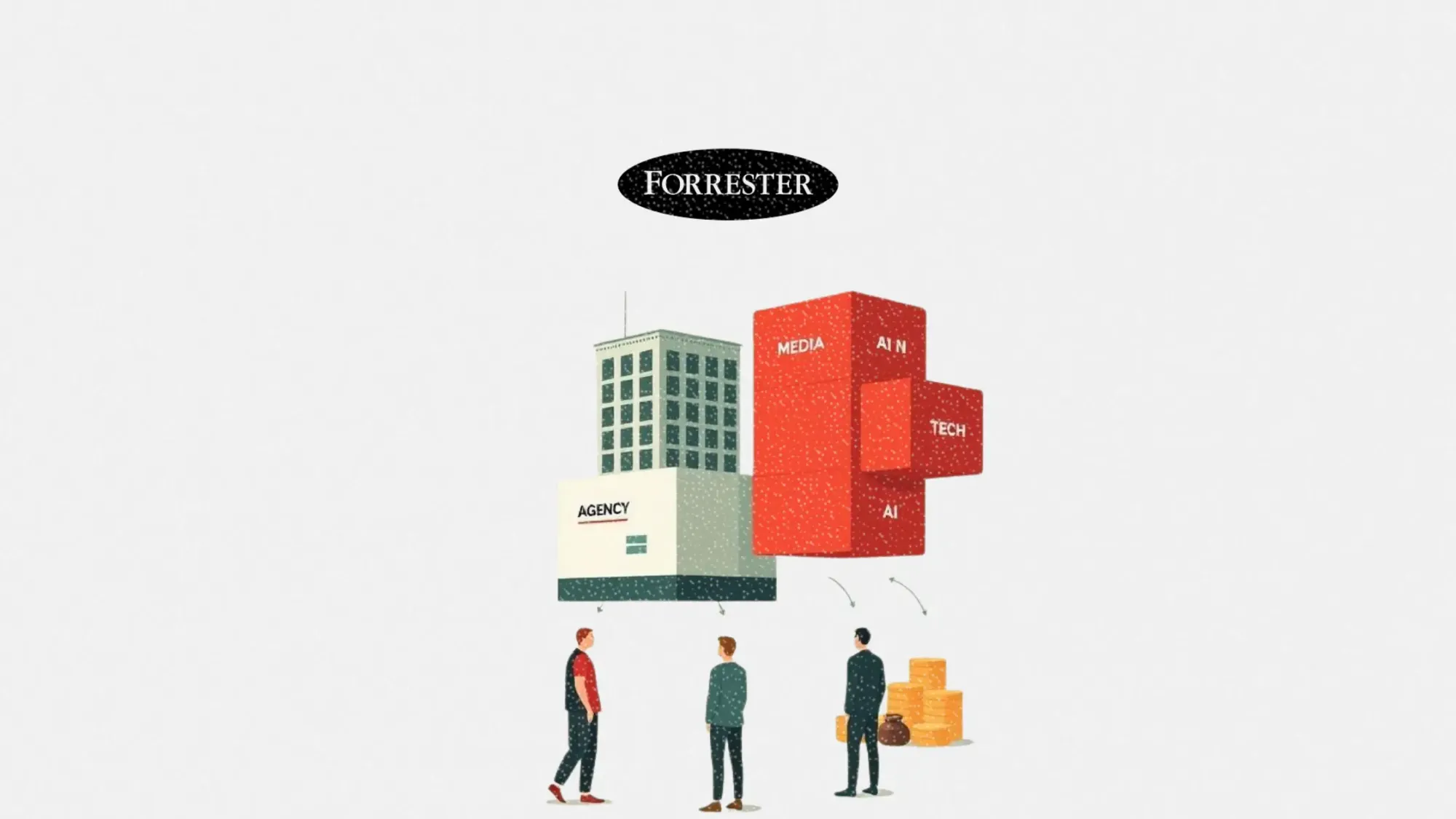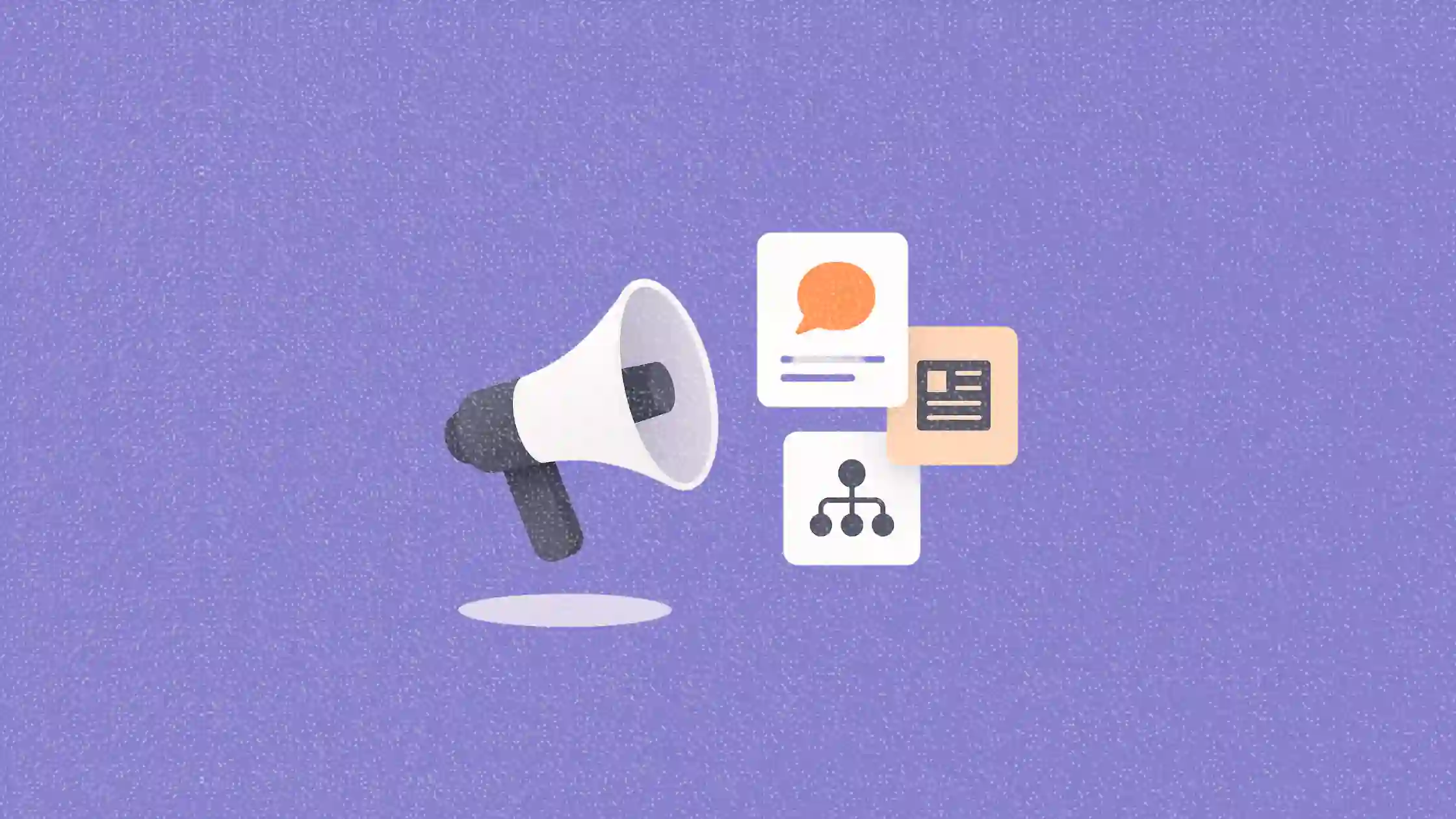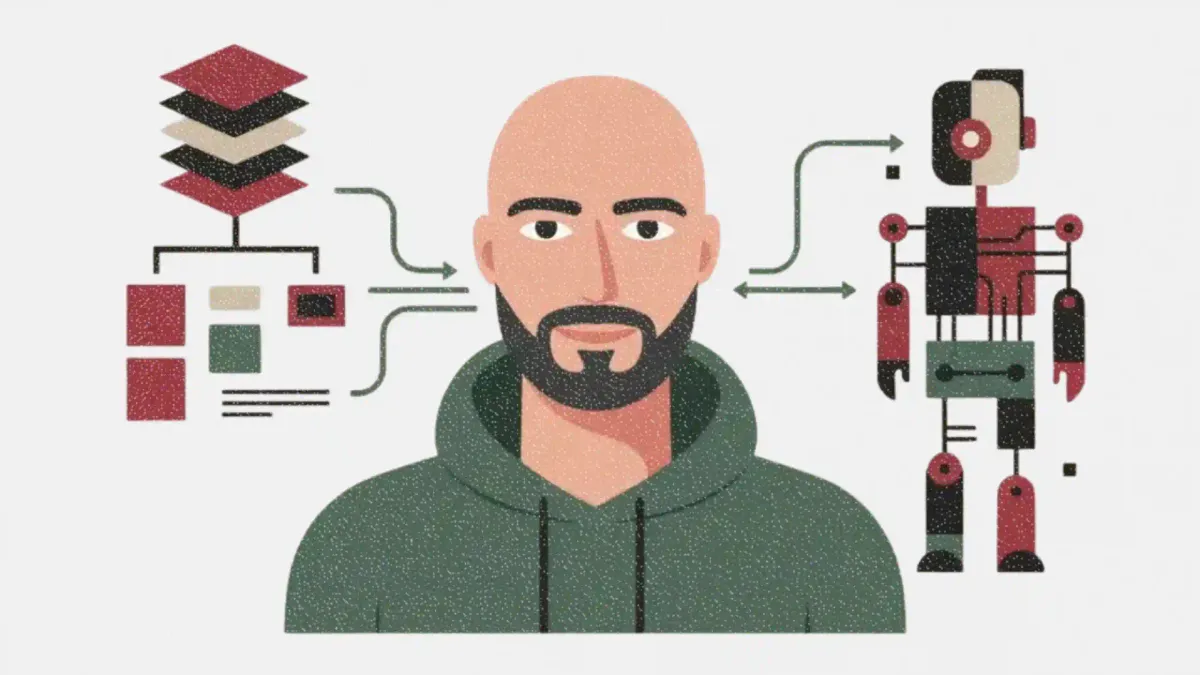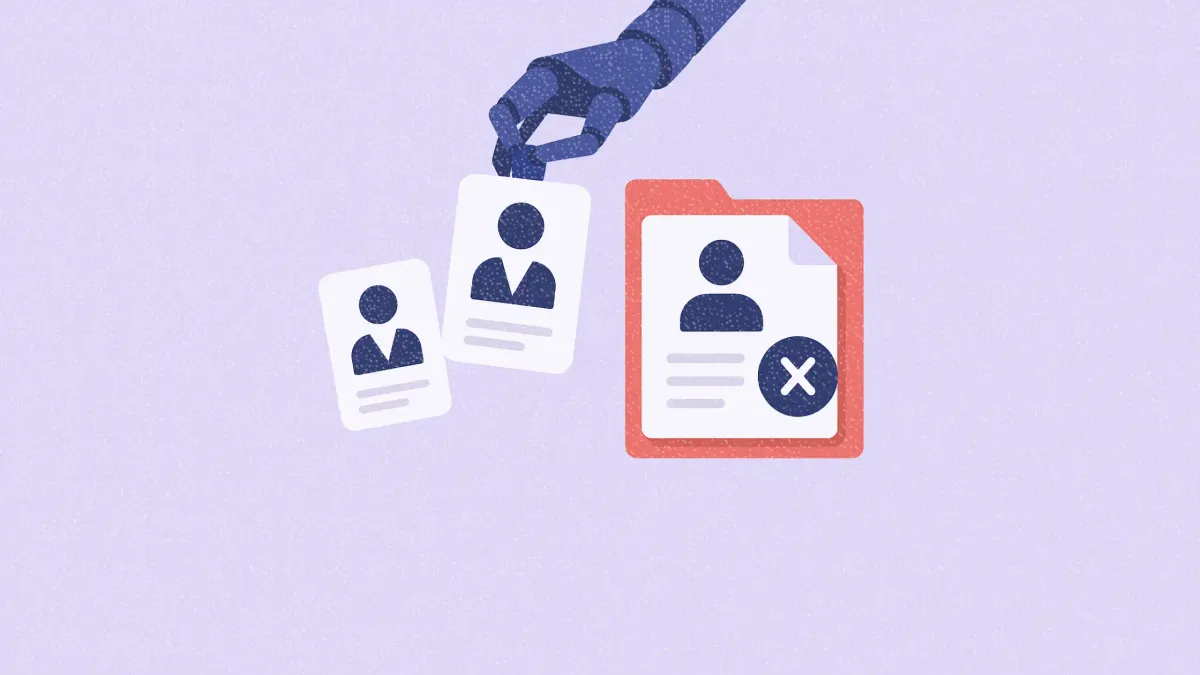The agency model is dying and marketers need to adapt fast according to Forrester's 2026 predictions
Forrester predicts a fundamental shift in the agency-client relationship driven by AI, consolidation, and creator disruption

Marketing agencies are resigning their roles as client-first agents. By 2026, the old model of dedicated creative partners will give way to a more complex, commercial structure. Agencies are evolving into product resellers, media merchants, and tech integrators — not just service providers.
That’s the warning from Forrester’s latest “Predictions 2026: Marketing Agencies” report, which outlines five key shifts poised to redefine the agency landscape. It’s a wake-up call for CMOs: rethink contracts, revisit vendor assumptions, and reimagine what “agency” actually means.
This article explores Forrester’s vision for the future of agencies and what marketers should do now to stay competitive as agency relationships grow more transactional, automated, and strategically fragmented.
Short on time?
Here’s a table of contents for quick access:
- Agencies aren’t agents anymore
- Principal media will dominate media buying
- AI will eliminate 15% of agency jobs
- PE will reshape agency portfolios
- Creator marketing leaves media, moves to creative
- What marketers should do now

Agencies aren't agents anymore
The word “agency” once implied allegiance to the client’s agenda. Not anymore. According to Forrester, agencies will increasingly act as purveyors of platforms, solutions, and media with conflicting commercial interests and expanded business models.
Agencies will operate like vendors, reselling tech and media for margin. They’ll plug into partner ecosystems as affiliates, contribute to larger holding companies as capability nodes, and create proprietary products to differentiate from competitors.
Several forces are accelerating this shift:
- Retainers are gone. Project-based work now dominates, shrinking margins
- Marketing insourcing has peaked. In-house saturation has commoditized creative services
- Procurement pressure persists. Agencies must monetize platforms, not just people
- AI disrupts workflows. The labor-based agency economy is cracking fast

Principal media will dominate media buying
By 2026, nearly 33% of all media under agency management will be purchased under a principal model — where the agency resells inventory with margin, rather than buying on the client’s behalf.
Agencies such as Omnicom, Publicis, WPP, and dentsu are all leaning in, betting that guaranteed pricing, bundling, and AI-powered optimization can offset concerns about transparency.
Critics warn that this model erodes brand stewardship and creates inherent conflicts of interest. But in volatile media environments, the predictability and scale of principal media is gaining favor with marketers looking to stretch budgets further.
CMOs must rethink procurement criteria. The question isn’t just “who gets the best rate?” It’s “who turns buying power into smarter buying?”
AI will eliminate 15% of agency jobs
Following an 8% headcount drop in 2025, Forrester predicts a 15% reduction in agency roles in 2026, driven by automation, AI, and private equity restructuring.
This isn’t just a workforce issue. It’s a business model transformation. Agencies will move from selling time to selling outcomes. Services will be replaced by solutions. Human resources will be paired or even replaced by what Forrester calls “human/technology equivalents.”
Contracts will need to evolve too. Expect more fixed-fee, performance-based, and productized engagements. For marketers, it’s time to stop paying for hours and start paying for results.

PE will reshape agency portfolios
Private equity is coming for the agency world. Forrester reports that 80% of the top 80 digital media agencies have already received PE or VC investment, and more are on the way.
In 2026, expect more activity across firms like Brainlabs, MSQ, and Wpromote. Investors are targeting agencies with scalable tech stacks, recurring revenue, and data-driven capabilities. That is shifting creative shops into the realm of enterprise SaaS portfolios.
For CMOs, this means more choice but also more complexity. The challenge will be finding the right balance between scale, speed, and specialization in a PE-driven vendor landscape.
Creator marketing leaves media, moves to creative
The center of gravity for creator marketing is shifting from media buyers to creative strategists. With creators demanding more control and compensation, brands are rethinking influencer relationships.
According to Quartermast Advisors, 52 deals involving creator and influencer firms closed in just the first half of 2025. By 2026, creative and social agencies — not media agencies — will be the ones managing end-to-end creator engagement, from ideation to production.
To scale effectively, CMOs must:
- Broaden creator partnerships across formats and platforms
- Align creator strategy with brand values
- Integrate creative, content, and influencer teams into unified campaigns
What marketers should do now
This isn’t a future problem. It’s already underway. Here are four moves CMOs should make today:
- Audit your agency contracts. Do they reward time or outcomes? Make sure terms align with the new solution-first model
- Get smart about principal media. If you’re asking agencies to take on more risk, you need to understand how they’re monetizing media
- Track ownership shifts. M&A and PE activity may affect service quality, staff turnover, or data governance. Stay close to your partners
- Strengthen creator operations. Move influencer strategy closer to brand and creative teams. Treat creators as long-term partners, not one-off placements
By 2026, agencies won’t just sell ideas. They will sell infrastructure. From PE-funded platforms to AI-driven execution, the agency model will look radically different in two years.
Marketers who wait for the dust to settle will be left behind. This is the time to redefine what agency value means and ensure your partners are evolving at your speed, not theirs.






